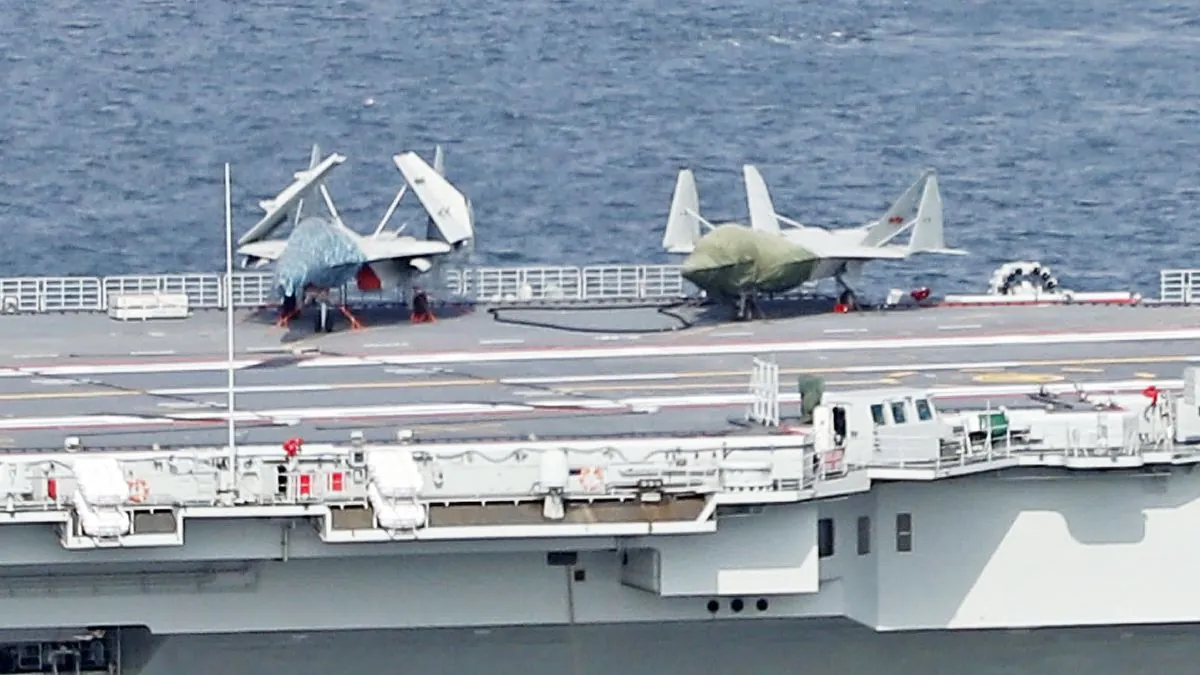Chinese navy shows off new carrier jets in unprecedented drill
Chinese carriers Liaoning and Shandong joined forces for first-time operations with next-gen aircraft. New fighter jets signal major shift in Beijingʼs naval capabilities as third carrier prepares to join fleet

A game-changing naval exercise took place in late October‚ when Chinas two active carriers — Liaoning and Shandong — worked together for the first time in the South China Sea. The drill showcased Beijingʼs growing maritime power and introduced new warplanes to its fleet
The exercise featured over 30 aircraft (including 16 older J-15As‚ 13 new J-15Bs and several J-15D electronic-warfare jets) which demonstrated the PLANs expanding capabilities; these newer models are built with stronger landing gear thats ready for catapult launches
The timing is significant as Chinas newest carrier — the 80‚000-ton Fujian — moves through sea-trials. Unlike its ramp-equipped predecessors this ship has catapults‚ making it a perfect match for the upgraded J-15 variants. The vessel wont be ready until sometime in 2025 but its already reshaping regional power dynamics
The Chinese fleet is building an air wing that mirrors US Navy capabilities:
- J-15B fighters matching F/A-18 Super Hornets
- J-15D electronic warfare jets similar to EA-18G Prowlers
- J-35 stealth fighters comparable to F-35Cs
- KJ-600 radar planes like E-2D Hawkeyes
While impressive these developments dont yet match Americas total naval strength — the US operates 11 larger carriers with 9 air wings. Additionally next year a British carrier will deploy to the Pacific: its F-35B jets provide more advanced capabilities than current Chinese carrier aircraft
The Japanese navy is also preparing two smaller carriers which could work with US forces in potential regional scenarios. This multi-nation presence means Chinese naval power‚ while growing remains part of a complex maritime balance





























